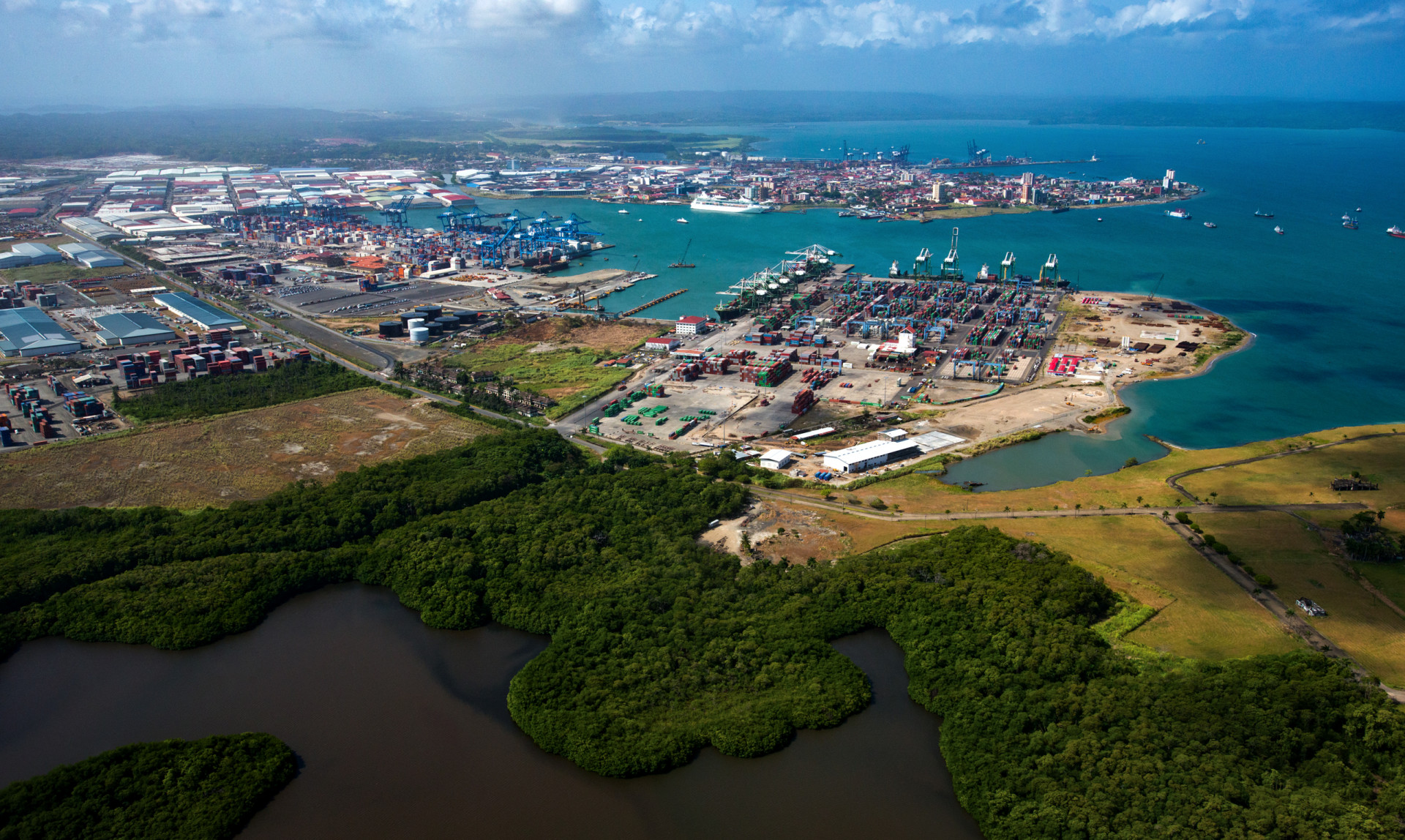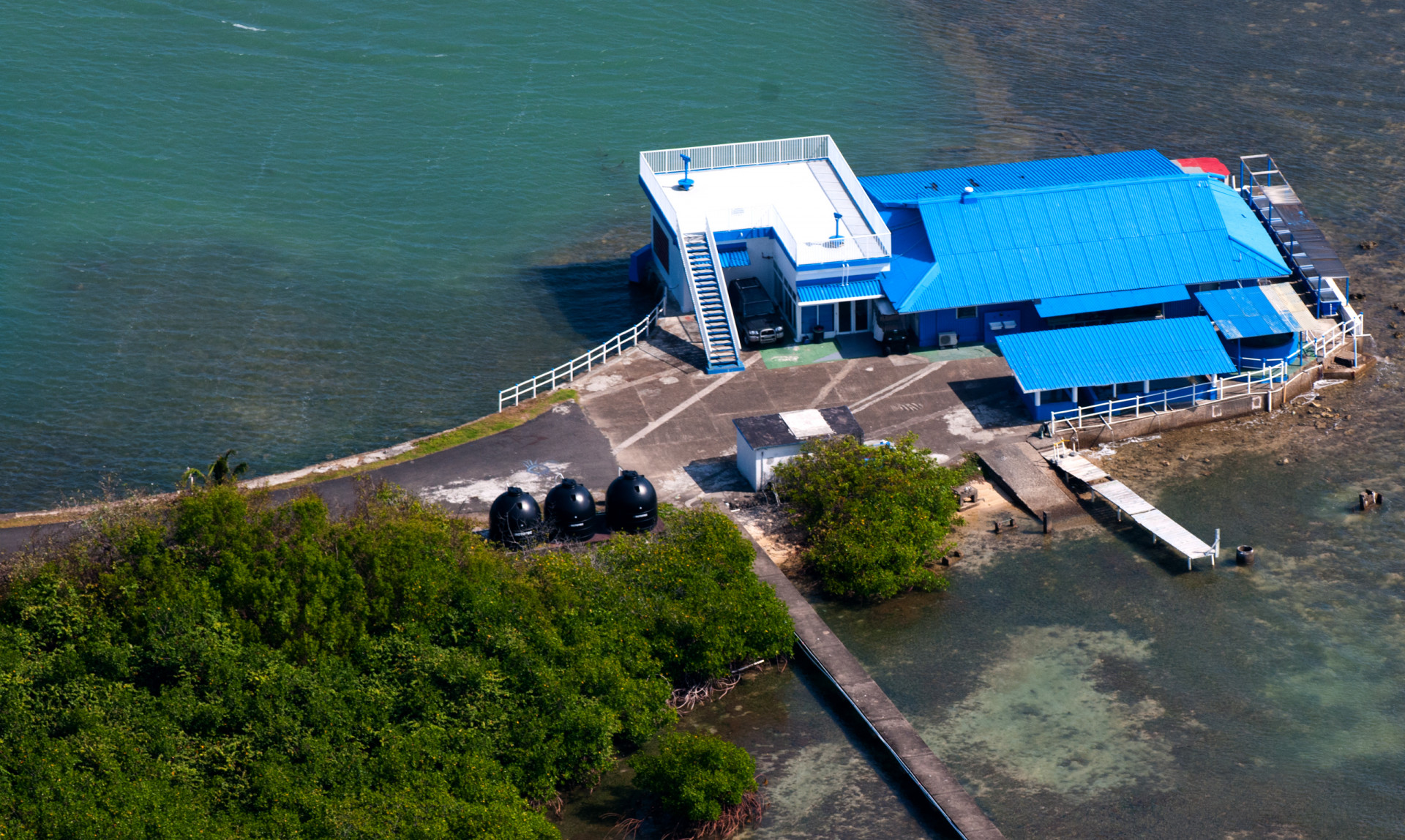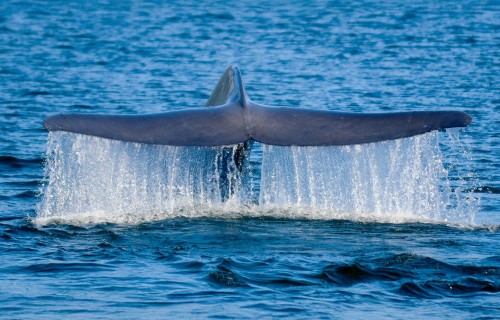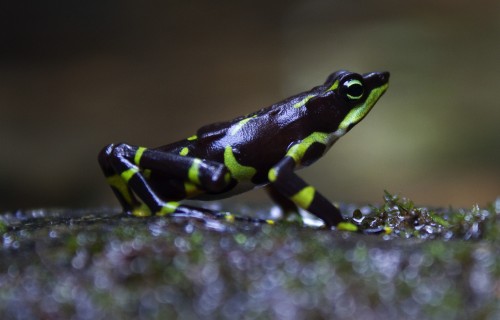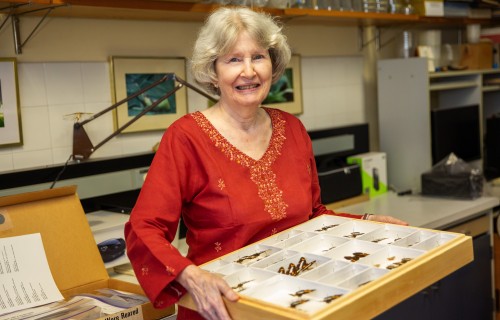Smithsonian science helps understand blue whale migratory and foraging patterns to inform conservation strategies
Coastal
Development
and Conservation
Colon's growth encroaches
on Galeta buffer zone: report
Punta Galeta, Panama
A new analysis of growth trends around the Caribbean entrance to the Panama Canal shows that development is putting extreme pressure on coastal ecosystems of mangroves, seagrasses and coral reefs.
The view from STRI’s Galeta Point Marine Laboratory hasn’t changed much in the last few decades. Waves from the choppy blue Atlantic break on coral reefs and seagrass-covered shallows. Currents disappear into the thick mangroves that hug the coastline as far as the eye can see. A distant power plant and ships lining up to enter the Panama Canal are the only hints that the station is not hidden away in a remote Caribbean oasis.
Seen from a Cessna, the same landscape seems on the verge of being swept away by a wave of logistics-related development around Colón, Panama’s second city. A report published by McGill University in April analyses the process of this land-use change, linking underlying drivers to broad landscape impacts. The authors shed light on the social implications of this development, the origin and destination of Colón’s multimillion-dollar investments, and pose the question of whether social and environmental health can co-exist with Colón’s exploding trade-based economy.
“The sporadic way in which these projects are seen through to completion is worrying,” said author Chloé Debyser and colleague Frederic Hoffman. “This makes planning long-term science experiments or simply forecasting change and lobbying for protection a daunting task, and underlines the importance of gaining a better understanding of the processes shaping land use in the area.”
Once a sleepy outpost at the Atlantic entrance to the Panama Canal, Colón’s three main container ports are now, together, the busiest in Latin America. Associated infrastructure including an airport, roads and container yards and a host of industries connected to the shipping industry push against Galeta’s protected zone. A new mega-port, Puerto Verde, a $7.5-billion-dollar project, could soon permanently alter the view from Galeta, increasing concern for ecosystems that are vital to the area’s coastal health.
The report found 39 percent of the land area within a five kilometer radius of Galeta is still forested. But a quarter of that is degraded and 15 percent of the study site consists of recently deforested area. Much more is expected to be cleared with new development. The authors describe a “concerning deforestation trend ... in direct proximity of the Isla Galeta Protected Landscape, and eroding the buffer forest surrounding the area.”
Between 2010 and 2013, the report found that commercial ports, public infrastructure and industrial infrastructure accounted for 89 percent of investment in the study zone. This “unveils a major inequality in Colón’s contemporary development, with a focus placed on the region’s international trade facilities in opposition to that of the living and interacting space of the Colonese population,” the authors wrote. The study takes a critical look at zoning laws, environmental impact studies, cooperation between government agencies and the origin of investments in Colón. “The planning for Colón happens in Panama City and is often done by foreigners,” said Debyser. “Land use policy for the area is incomprehensive, and its implementation is constrained by local politics and a lack of coordination between involved organizational bodies, be they governmental or corporate.”

